Patients and doctors have been waiting for this device for decades.
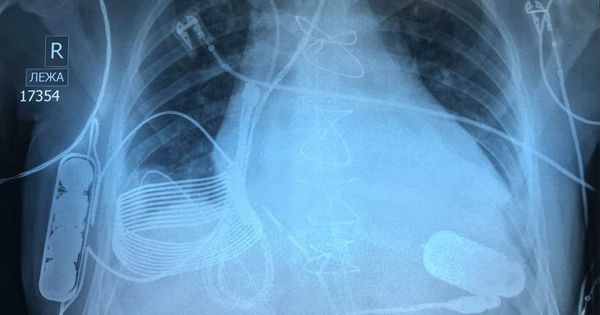

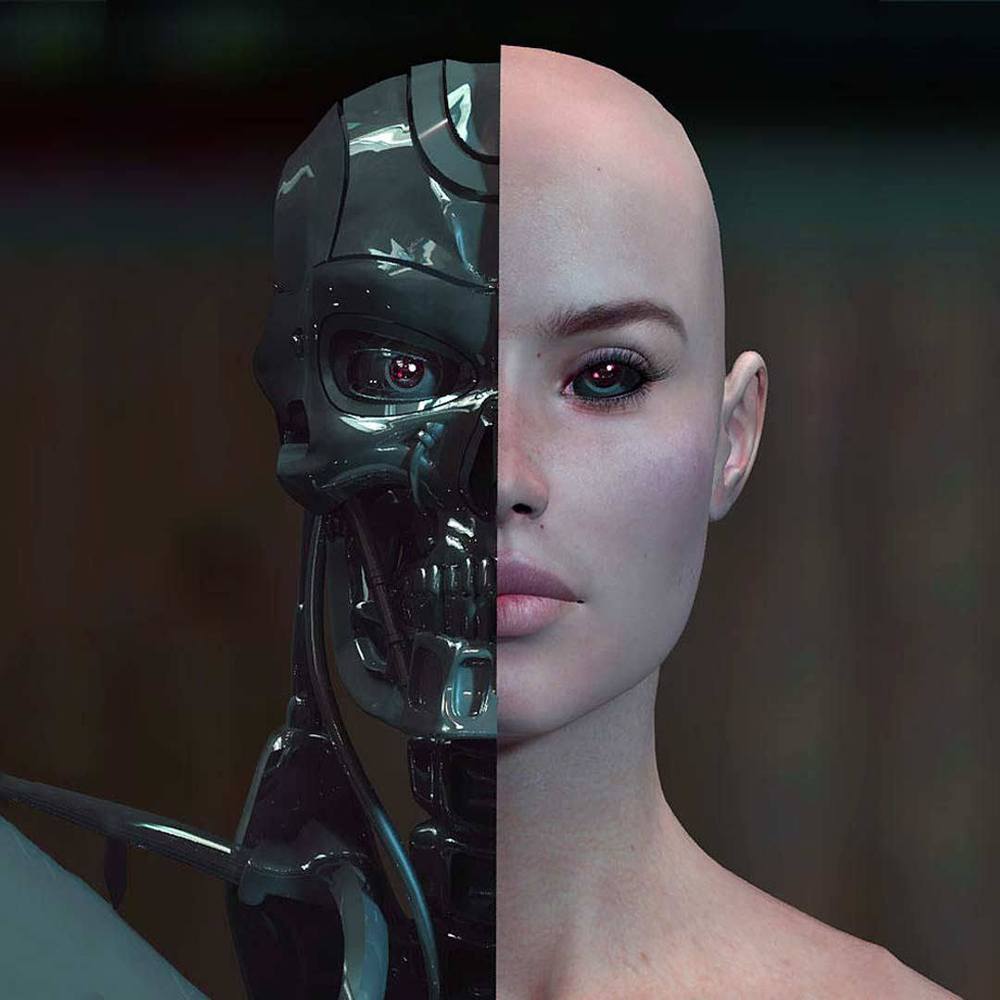

The Pentagon is funding brain-implant research aimed at creating neurally “enhanced” soldiers.

In a world first, doctors in Sweden say they’ve wired a prosthetic hand directly into a woman’s nerves, allowing her to move its fingers with her mind and even feel tactile sensations.
The hand is an enormous step up from existing prostheses, which often rely on electrodes placed on the outside of the skin — and it could herald a future in which robotic devices interface seamlessly with our bodies.

Researchers have developed a new kind of sensor designed to let artificial skin sense pressure, vibrations, and even magnetic fields. Developed by engineers, chemists, and biologists at the University of Connecticut and University of Toronto, the technology could help burn victims and amputees “feel” again through their prosthetic skin.
“The type of artificial skin we developed can be called an electronic skin or e-skin,” Islam Mosa, a postdoctoral fellow at UConn, told Digital Trends. “It is a new group of smart wearable electronics that are flexible, stretchable, shapable, and possess unique sensing capabilities that mimic human skin.”
To create the sensor for the artificial skin, Mosa and his team wrapped a silicone tube with a copper wire and filled the tube with an iron oxide nanoparticle fluid. As the nanoparticles move around the tube, they create an electrical current, which is picked up by the copper wire. When the tube experiences pressure, the current changes.
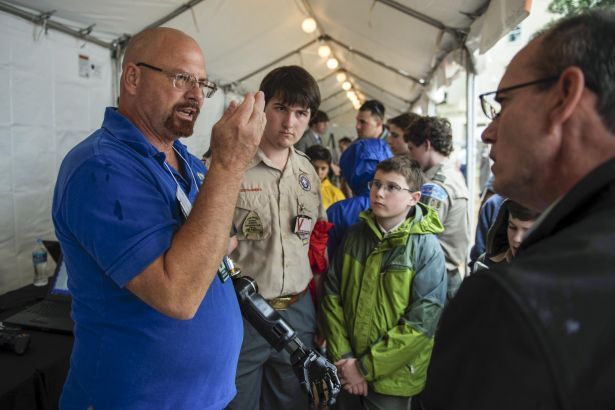
Johnny Matheny demonstrates how a modular prosthetic limb works during DARPA Demo Day 2016 at the Pentagon, May 11, 2016. Matheny is a test subject with the Johns Hopkins Applied Physics Lab8.
For a long time, biohackers have been playing with magnets by embedding then under their skin as a novelty extra-sensation. I, personally, don’t see the point, but morphological, taxonomic, and cladic freedom are at work so I celebrate their actions.
Our skin’s ability to perceive pressure, heat, cold, and vibration is a critical safety function that most people take for granted. But burn victims, those with prosthetic limbs, and others who have lost skin sensitivity for one reason or another, can’t take it for granted, and often injure themselves unintentionally.
Chemists Islam Mosa from UConn, and James Rusling from UConn and UConn Health, along with University of Toronto engineer Abdelsalam Ahmed, wanted to create a sensor that can mimic the sensing properties of skin. Such a sensor would need to be able to detect pressure, temperature, and vibration. But perhaps it could do other things too, the researchers thought.
“It would be very cool if it had abilities human skin does not; for example, the ability to detect magnetic fields, sound waves, and abnormal behaviors,” said Mosa.
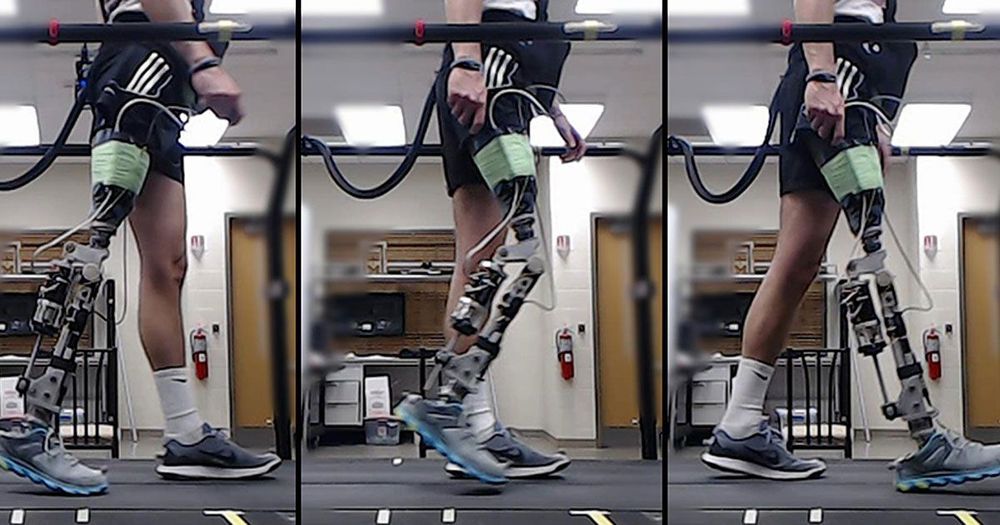
A movie montage for modern artificial intelligence might show a computer playing millions of games of chess or Go against itself to learn how to win. Now, researchers are exploring how the reinforcement learning technique that helped DeepMind’s AlphaZero conquer chess and Go could tackle an even more complex task—training a robotic knee to help amputees walk smoothly.
Computer algorithms help prosthetics wearers walk within minutes rather than requiring hours of training.
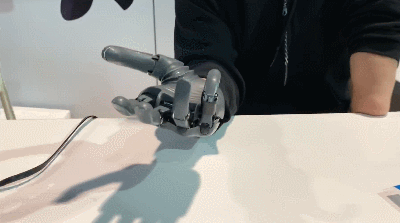
Here is another advanced prosthetic device that can make life easier for amputees. BrainRobotics’ EMG Prosthetic Hand features a modular mechanical design. It comes with 8 signal detection channels for precise EMG readings. An advanced machine learning algorithm is used to allow users to intuitively control this robotic prosthesis.
More like this ➡️ here.

The company is showing several prototypes at CES, including an exoskeleton and a home robot.